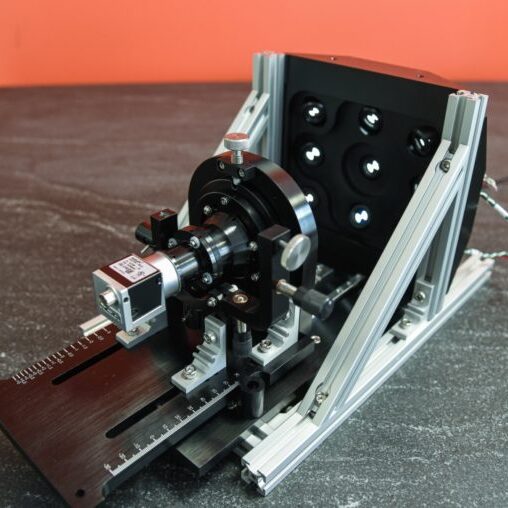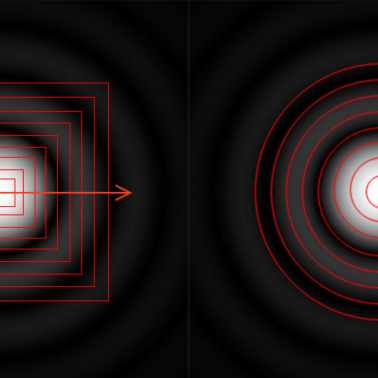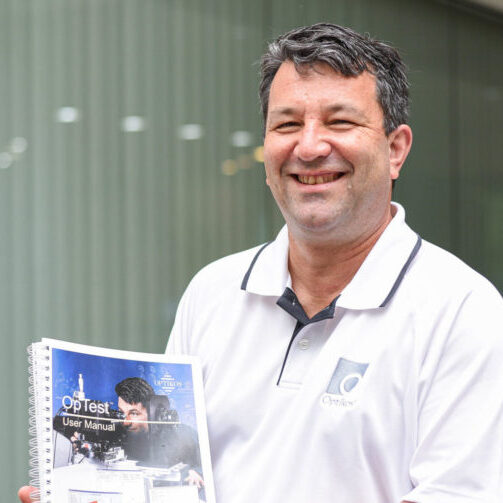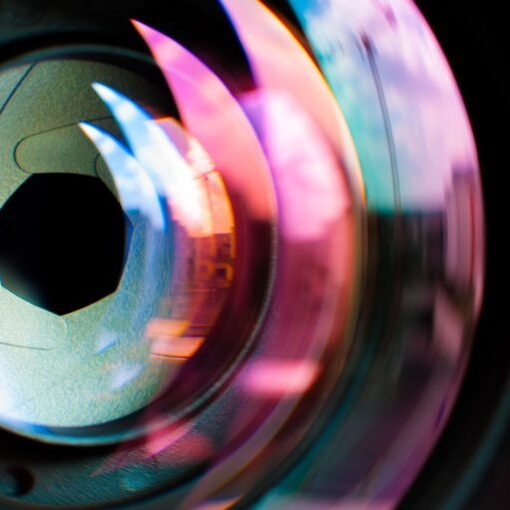Anywhere Light Goes™ Blog
A blog about optical design, build, test and more.
Design for Test—Plan Your Metrology Early
Most of us have heard of “Design for Manufacture” or DFM. This is a core tenet of the Optikos design philosophy and it is critical for optical hardware where tolerances are measured in microns, assembly and alignments can be labor intensive, and serviceability is a necessity for long-life instruments. Less well known, but just as important is “Design for Test.” A critical and underappreciated component of DFM is making sure you can (and know how to) test key aspects of your manufactured product. The Design for Test process includes not only designing a test bench, but also designing appropriate features into the product to enable streamlined testing. Planning how to align and test your optical product can be time consuming...
Encircled and Ensquared Energy Explained (EEEE!!!)
Here at Optikos we spend a lot of time measuring the imaging quality of lens assemblies. In most cases, traditional measurements of Modulation Transfer Function (MTF) are well correlated with lens performance in its intended application. However, in some cases, characterization of encircled and/or ensquared energy serve as better indicators of lens performance. This is true for lenses designed to focus as much energy as possible into a circular or square area that corresponds to a critical dimension in the system detection sensor (detector active area, thermal array pixel, etc.). Maximizing resolution, or producing high contrast in the smallest image details is not required and, given the clear benefits for manufacturability and cost, it is beneficial to NOT design a...
Nearly 40 Years of MTF and Going Strong
Then and now: Roy holding a copy of the original OpTest manual from 2001, featuring his photo on the cover. Let’s take a trip down memory lane. In the mid-1990s when I was a young engineer at Optikos Corporation, I vividly remember CEO Stephen Fantone imploring my boss, Peter Carellas, to get back to work on a project Steve called, “that four-letter word!” The word in question was “book” and the book Peter was working on would become the booklet, published in 1999, “How to Measure MTF and Other Properties of Lenses,” a compilation of articles written by Optikos staff that described techniques for measuring Modulation Transfer Function (MTF) and several other lens characteristics. Even now, more than 20 years...
How Hard Can It Be to Select A Lens for A Camera System?
At first glance selecting a lens for a camera system may seem straightforward, but it can be a deceptively difficult task. We often find that customers have already chosen a sensor and they want to find the most appropriate lens for their application. They will have a field of view requirement and the field of view will determine the appropriate range of effective focal lengths (EFL) for a given sensor. However, once you have an EFL where do you go from there? Unfortunately, there is no straightforward answer. You’ll need to specify an f-number (f/#) for the lens, but keep in mind there is a direct trade-off between the camera depth of field and the image brightness. Are you willing...
Why Measure Stray Light?
Stray light in imaging systems is known by many terms—veiling glare, ghost image, lens flare, and image glare, just to name a few. In its most general sense, “stray light” refers to any unwanted light that ends up in the image formed by a lens. For most of us, our exposure to stray light probably comes from using our cell phone cameras, where the flares and ghost images that appear when taking a picture of a bright light is a cool photo effect at best and a minor annoyance at worst. However, for manufacturers and end users of cameras intended for automotive and industrial applications, being able to consistently identify particular features or specific objects—such as a pedestrian who appears in your...






